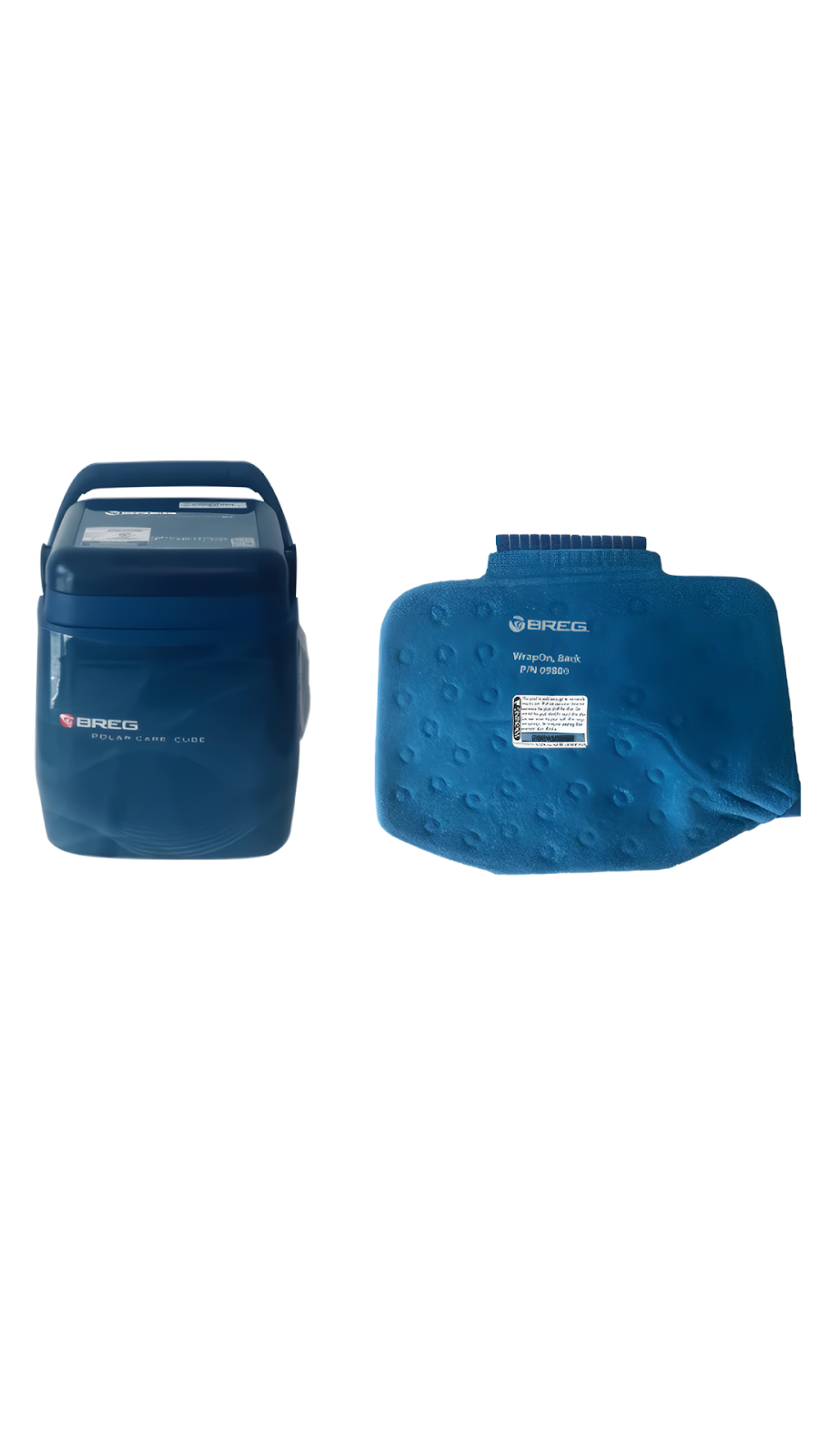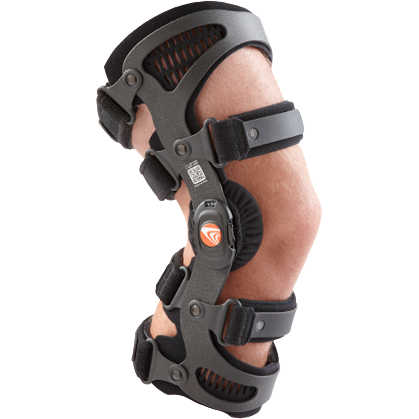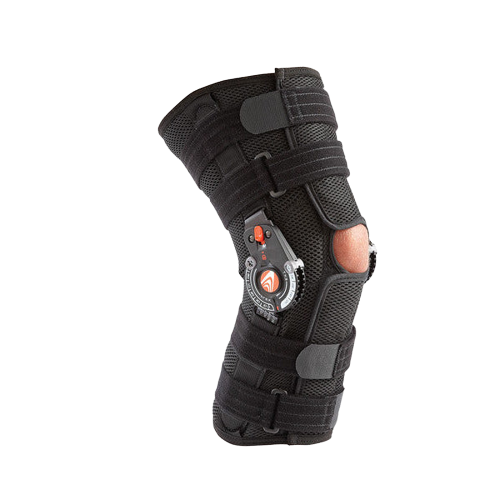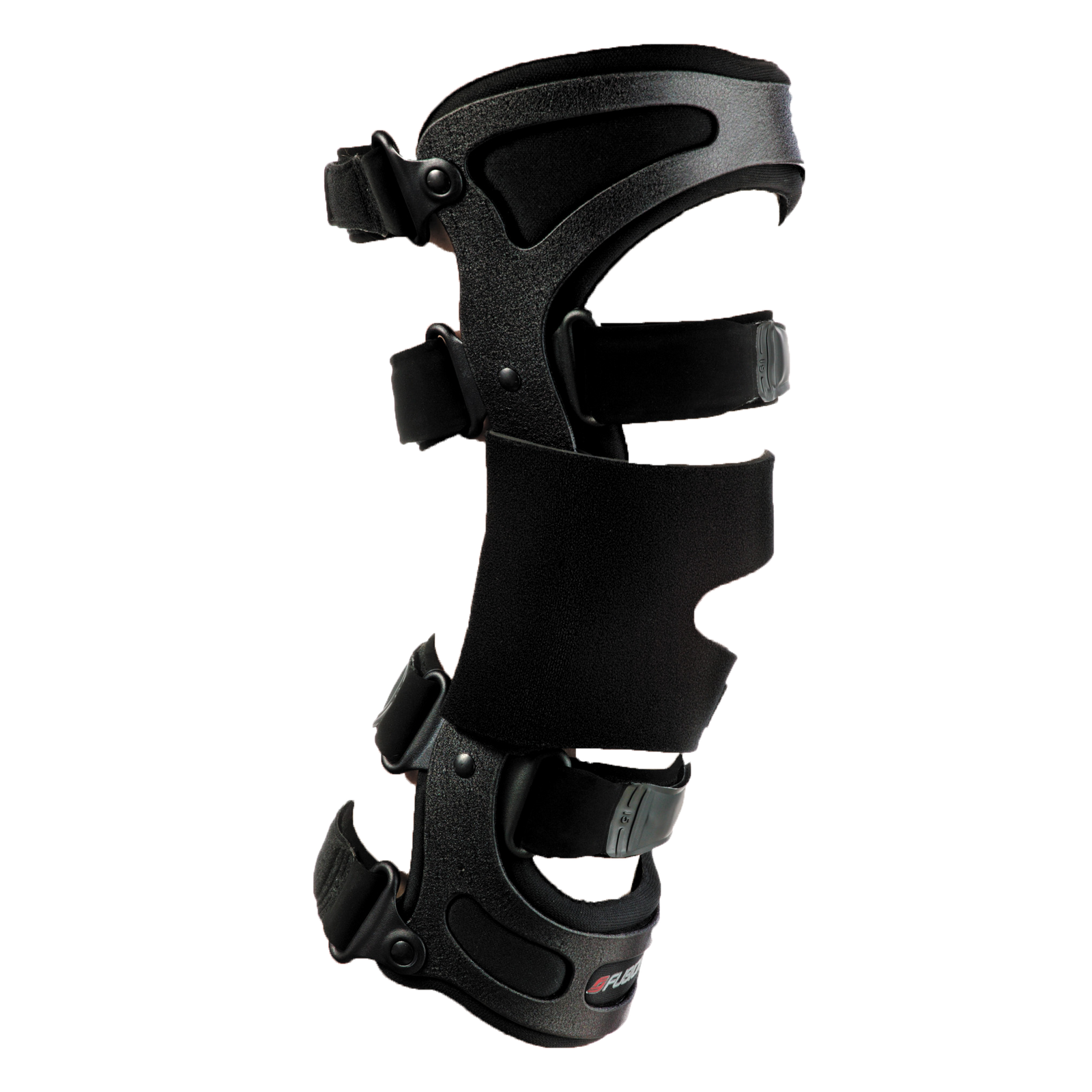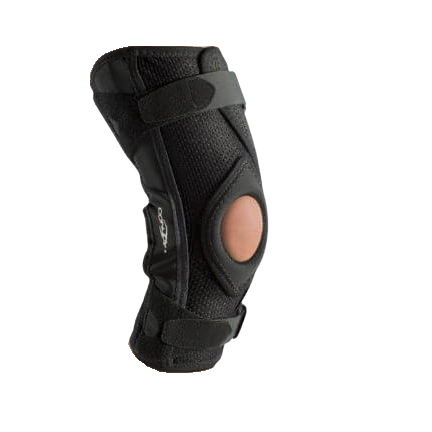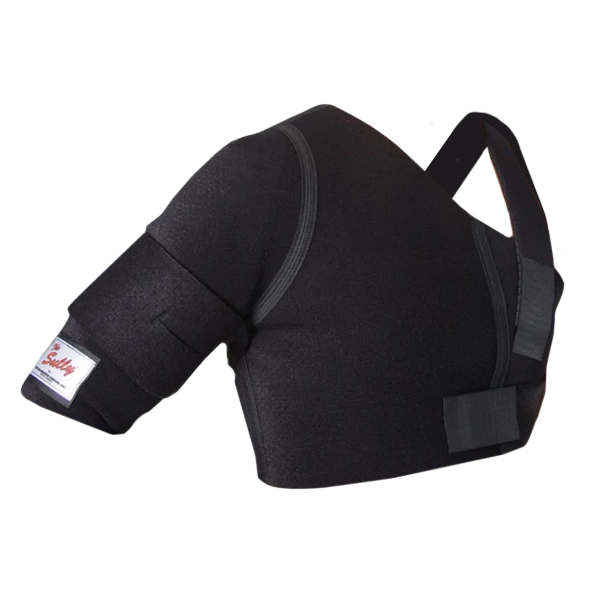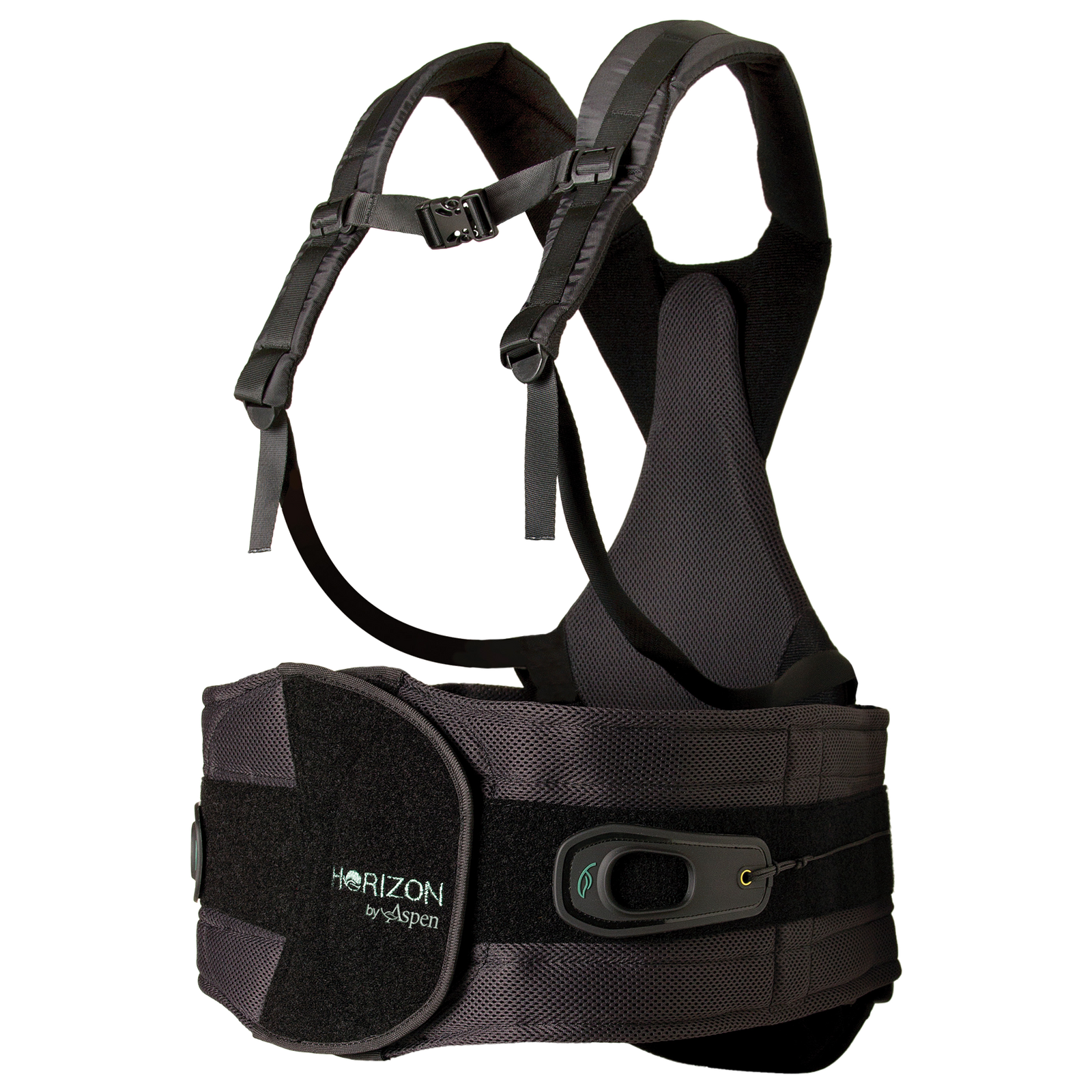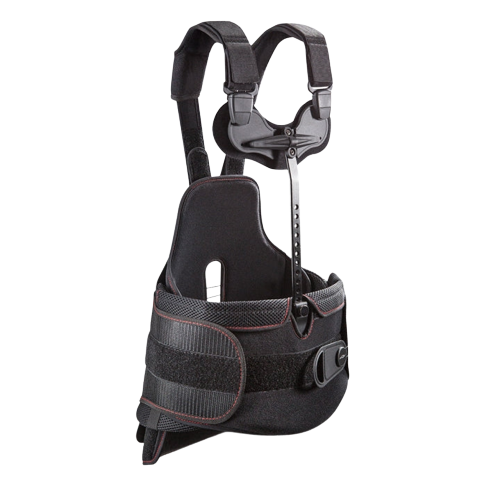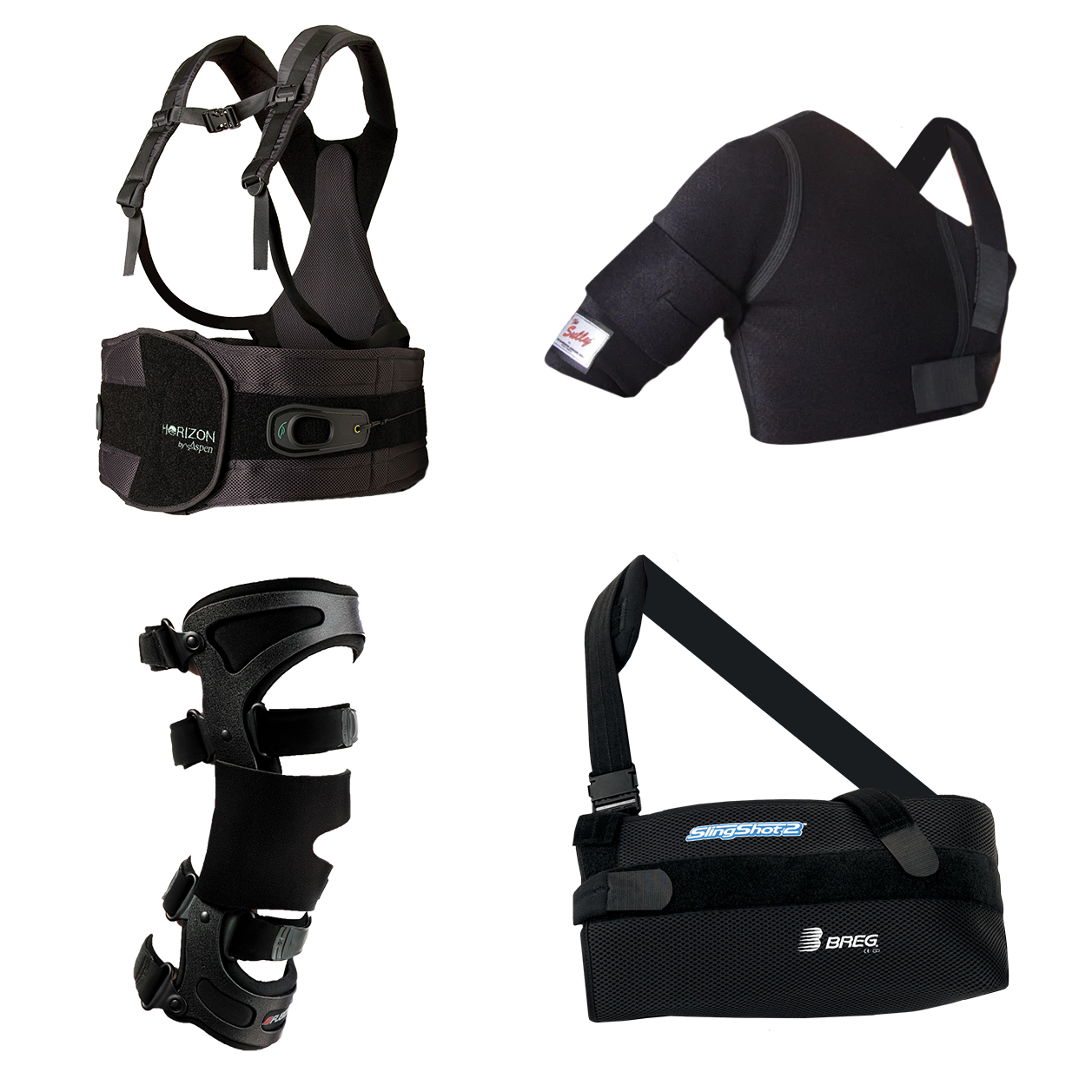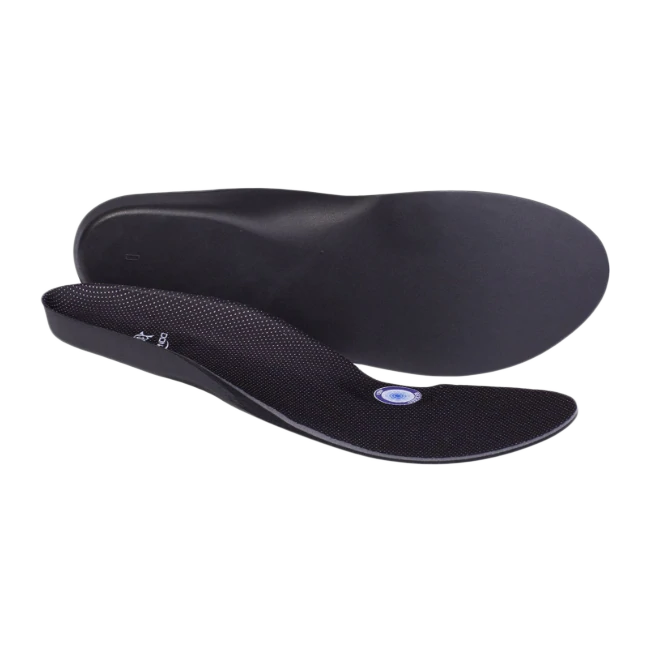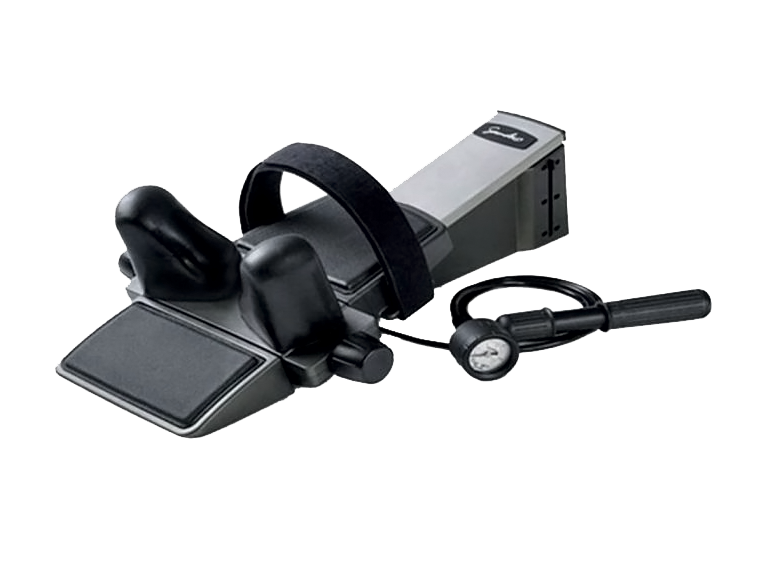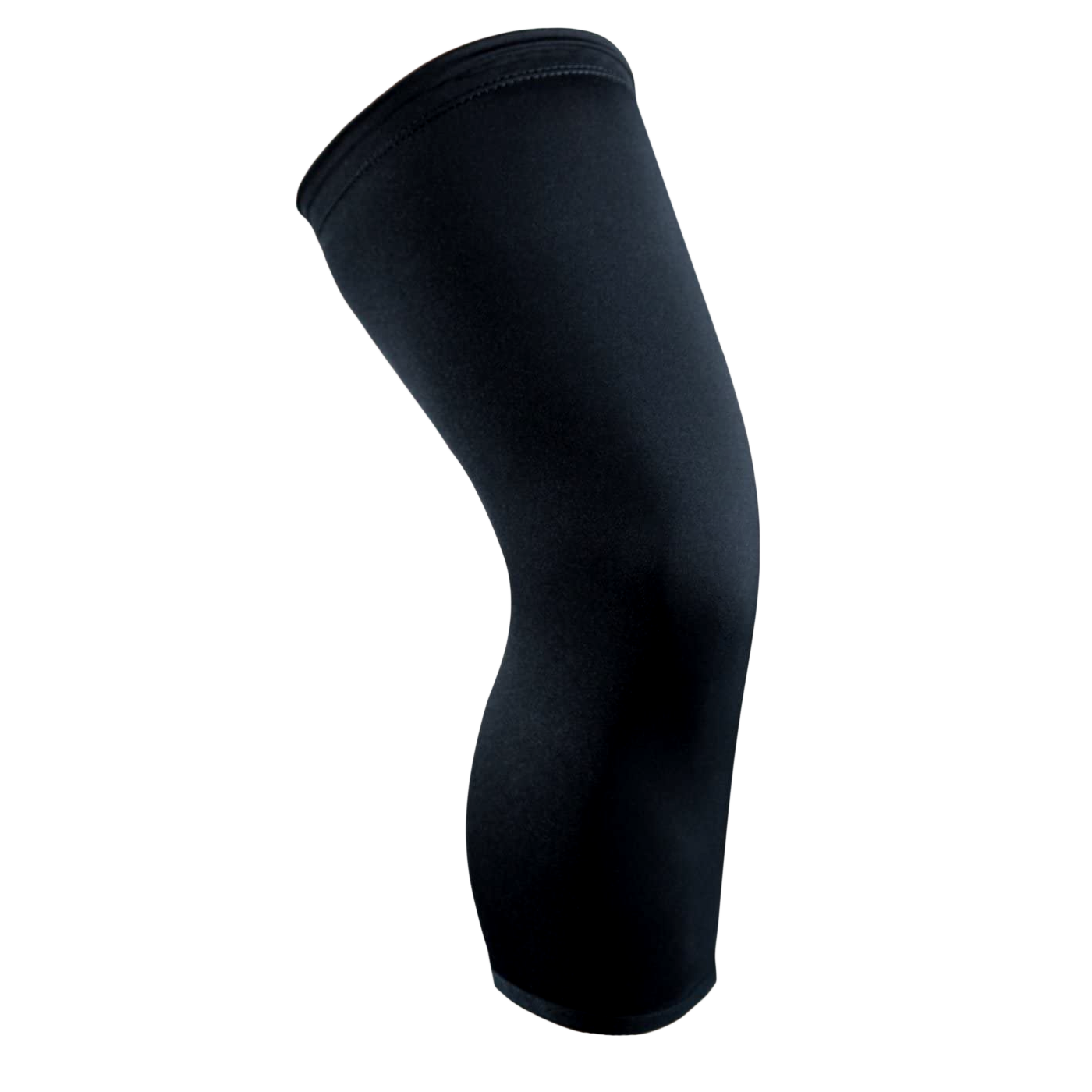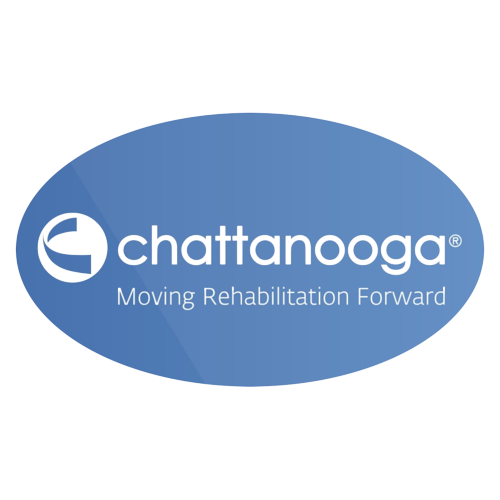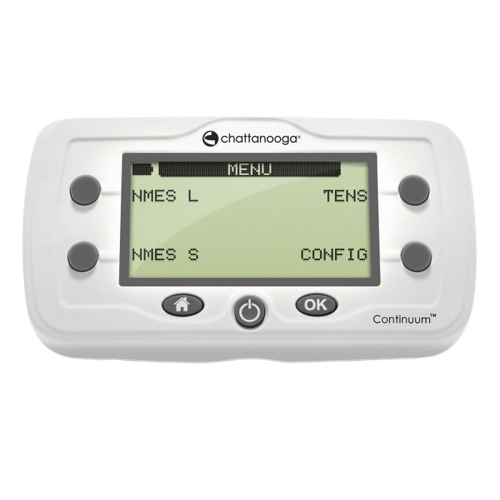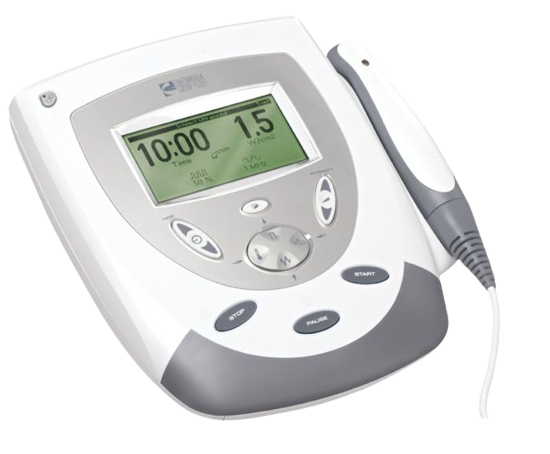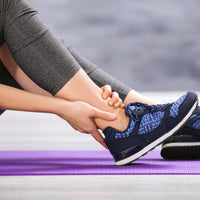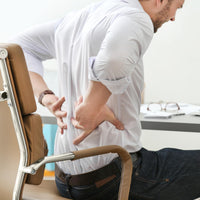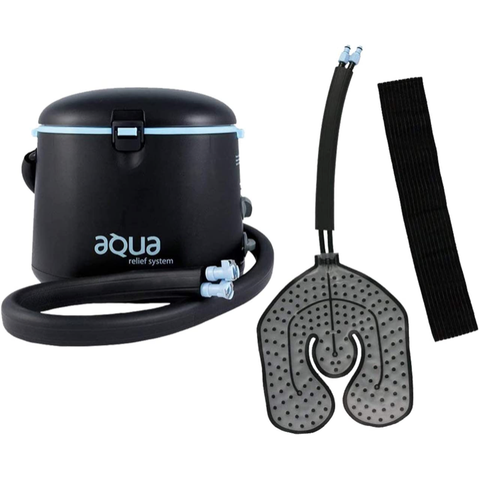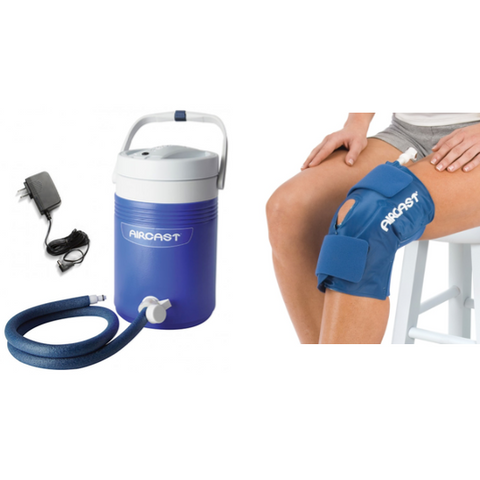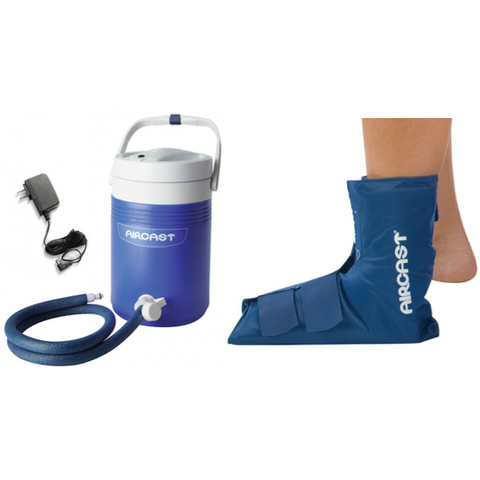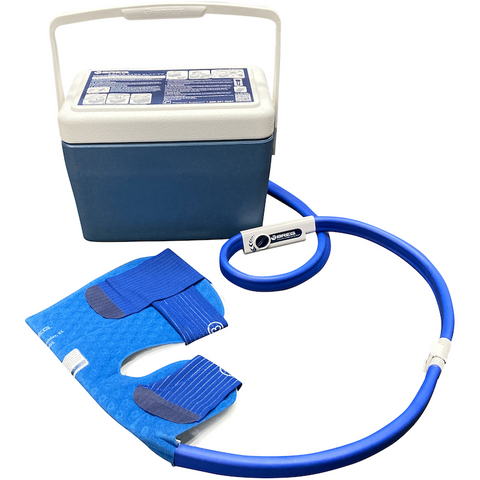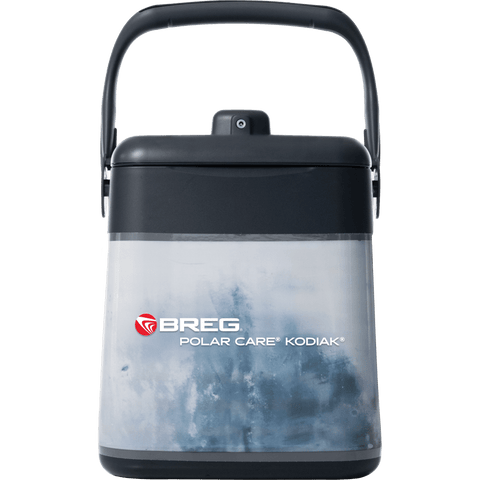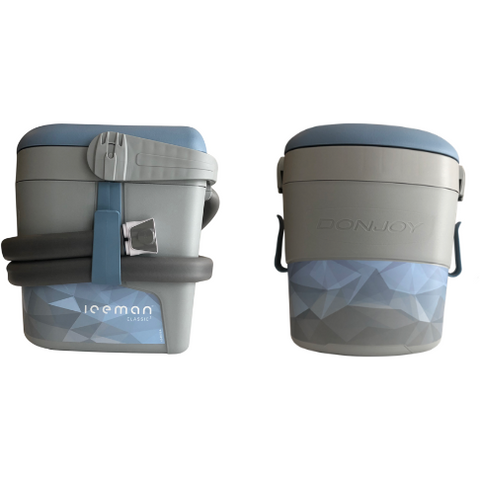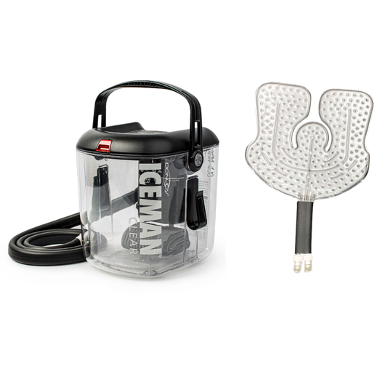
Key Takeaways:
- Incorporating hydration, stretching, and proper nutrition significantly enhances muscle recovery and reduces soreness.
- Effective recovery techniques, including self-massage, foam rolling, and active recovery, are vital in alleviating post-workout muscle discomfort.
- Prioritizing sleep and adequate rest is essential for muscle repair, reducing fatigue, and ensuring long-term fitness progress.
Ever felt like your muscles were protesting after a particularly intense workout? The familiar ache of delayed-onset muscle soreness (DOMS) can be a frustrating and sometimes painful side effect of exercise.
At OrthoBracing, we understand the toll rigorous exercise can take on your body. With years of expertise in fitness and recovery, we’ve helped countless individuals enhance their performance and recover effectively, ensuring that the next workout feels as invigorating as the last.
In this article, we will discuss various methods for relieving sore muscles after a workout, including stretching techniques, hydration practices, and nutritional strategies that support recovery. Let’s explore how you can enhance your post-exercise experience.
What Is Delayed-Onset Muscle Soreness (DOMS)?
Delayed-onset muscle Soreness (DOMS) is a common condition that affects individuals after engaging in unusual or more intense physical activities than their muscles are accustomed to. It can occur in anyone, from beginners to professional athletes, and typically arises 24 to 48 hours after the activity. The discomfort results from micro-tears in the muscle fibers, a natural part of the muscle-strengthening process. These micro-tears and the associated inflammation contribute to the soreness and stiffness experienced during DOMS.
While DOMS can be uncomfortable, it is a sign that your muscles are adapting to the demands placed on them, leading to increased strength and endurance over time. Symptomatically, DOMS can range from mild tenderness to severe discomfort that limits movement. Despite its temporary nature, understanding how to manage and alleviate the symptoms of DOMS is crucial for anyone engaged in regular physical training. This knowledge enables individuals to continue their workout routines more comfortably and with fewer disruptions, ultimately leading to better long-term fitness outcomes.
The Importance Of Post-Workout Recovery: How It Impacts Your Fitness Progress
While rigorous physical activities are instrumental in building strength and endurance, giving your body a chance to rest and recuperate is what truly allows for fitness progress. Neglecting this vital aspect can lead to prolonged muscle soreness, injuries, and a possible plateau in performance.
- Muscle Recovery is essential because tiny tears occur in muscle fibers during workouts, especially those involving high-intensity or resistance training. It is through the recovery process that these fibers repair and grow stronger. These tears can lead to persistent soreness and reduce muscle function and growth without adequate recovery.
- Improved Performance comes from a well-managed recovery routine. Adequate rest and proper post-workout practices ensure you can perform at your best in your next session. It prevents the cycle of muscle fatigue and sustains high energy levels, which are key for continuous improvement and reaching personal bests.
- Injury Prevention is another critical aspect of emphasizing post-workout recovery. Overworking your muscles without time to recover can lead to strain and stress injuries. By adopting effective recovery methods, you are not only speeding up the muscle repair process but also preventing potential injuries that could sideline your fitness journey.
- Mental Health Benefits should not be overlooked. Recovery periods also offer mental and emotional relief after physical exertion from workouts. It's a time when your body and mind can rest, which positively affects your overall well-being and motivation. Stress reduction, improved mood, and better sleep quality are mental health benefits of proper rest and recovery.
What Helps Sore Muscles After A Workout? Proven Recovery Techniques
Experiencing muscle soreness after a workout is a common phenomenon, often a sign of your muscles recovering and strengthening. However, the discomfort can sometimes be overwhelming. Below are proven techniques recommended to alleviate muscle soreness and enhance your post-workout recovery:
Hydrate Optimally
Water supports muscle recovery by flushing out toxins and transporting nutrients needed for muscle repair. Ensure you drink adequate amounts of water before, during, and after your workout.
Use Warm Water and Epsom Salts
Soaking in warm water mixed with Epsom salts can significantly relieve muscle soreness. The magnesium in Epsom salts helps relax muscle contractions and reduce inflammation, relieving discomfort.
Engage in Active Recovery
Light physical activity, such as walking, yoga, or gentle stretching, can improve circulation and facilitate healing. Active recovery helps to loosen up stiff muscles and reduce soreness.
Apply Heat or Cold Therapy
Heat therapy, such as a warm towel or heating pad, can increase blood flow and relax sore muscles. Cold therapy, such as ice packs, can reduce inflammation and numb the sore area. Alternating between heat and cold may also prove beneficial.
Take Rest Seriously
While it might be tempting to push through the pain, rest is crucial for recovery. Giving your body time to heal prevents further injury and soreness. Ensure you get ample sleep and consider taking a day off from intense physical activities.
Consider Massage Or Foam Rolling
Gentle massage or foam rolling can help break up tight muscle fibers and increase blood flow. These techniques not only reduce soreness but also improve flexibility and range of motion.
Opt For Anti-inflammatory Foods
Incorporating foods with anti-inflammatory properties into your diet can speed up recovery. Berries, fatty fish, avocado, and greens are excellent choices to help reduce inflammation and muscle soreness.
Stay Consistent With Your Workout Routine
Lastly, a consistent workout routine helps your muscles adapt over time, potentially reducing the intensity of soreness experienced after each session. Gradually increasing the intensity of your workouts allows your body to adjust more comfortably.
The Role Of Active Recovery In Reducing Muscle Soreness
Active recovery, as opposed to complete rest, involves engaging in low-intensity activities that help to improve blood flow and reduce muscle soreness. This can benefit those experiencing delayed-onset muscle soreness (DOMS) after intense workouts.
Key Benefits Of Active Recovery Include:
- Improved blood circulation: Gentle activities like walking, swimming, or cycling can help to increase blood flow to the sore muscles, promoting nutrient delivery and waste removal.
- Reduced muscle stiffness: Active recovery can help to loosen tight muscles and reduce stiffness, improving flexibility and range of motion.
- Mental benefits: Light exercise can also provide mental benefits, such as stress reduction and improved mood.
Effective Active Recovery Techniques Include:
- Yoga or Pilates: These practices combine gentle stretching and strengthening exercises, promoting flexibility and relaxation.
- Swimming: The low-impact nature of swimming makes it an excellent choice for active recovery.
- Cycling: A stationary bike or a leisurely outdoor ride can help to improve blood flow and reduce muscle soreness.
It's important to note that active recovery should not be strenuous. The goal is to promote blood flow and reduce stiffness without causing further discomfort. If you experience increased pain or discomfort during active recovery, it's best to rest and consult with a healthcare professional.
Stretching And Flexibility: Key Practices To Prevent And Relieve Soreness
Incorporating stretching into your workout routine is not only beneficial for improving flexibility but also plays a crucial role in preventing and relieving muscle soreness after exercise. Engaging in regular stretching activities before and after workouts can significantly reduce the risk of muscle tightness and soreness. This section explores the importance of stretching and how it can be a valuable tool in managing post-workout muscle soreness.
Pre-Workout Stretching
Dynamic stretching before a workout prepares your muscles for the physical activity ahead. It involves active movements where muscles go through their full range of motion. These stretches help to increase blood flow to the muscles, raise the body's temperature, and enhance muscle elasticity, thereby reducing the risk of injury and minimizing soreness post-workout. Examples of dynamic stretches include leg swings, arm circles, and lunges with a twist.
Post-Workout Stretching
After a workout, it is equally important to cool down with static stretching. This form of stretching involves holding a stretch in a comfortable position for a period of time, typically 15-30 seconds.
Post-workout static stretches help lengthen muscles that may have tightened during exercise. They also relieve tension and reduce muscle soreness. Incorporating stretches that target the major muscle groups used during your workout will provide the most relief.
Flexibility Training
Regular flexibility training, such as yoga or Pilates, can further enhance your ability to fend off soreness. These practices not only involve stretching but also strengthen the muscles, improving overall muscle function. Enhanced flexibility and strength can lead to better performance during workouts and reduced likelihood of soreness or injury.
The Role of Stretching In Recovery
Stretching plays a vital role in the recovery process by allowing the muscles to relax and the heart rate to return to its resting state. When paired with other recovery techniques outlined in this article, such as using warm water and Epsom salts, stretching can significantly expedite the healing process of sore muscles. It also ensures muscles remain flexible and less prone to injury in future workouts.
Cold Therapy Vs. Heat Therapy: Which Is Best For Sore Muscles?
Two of the most common recommendations for alleviating sore muscles after a workout are cold therapy and heat therapy. Each method has unique benefits and uses, depending on the nature of your muscle soreness and your personal recovery needs. Understanding the differences between cold and heat therapy can help you choose the most effective treatment to relieve discomfort and enhance your recovery.
Cold Therapy
Cold therapy, also known as cryotherapy, involves applying a cold compress or ice pack to the affected area immediately after exercise. This method is particularly effective for reducing inflammation and numbing the sore area, providing immediate relief. Cold therapy is best used within the first 48 hours following a workout, as it helps to decrease muscle swelling and pain by constricting blood vessels and reducing blood flow to the area.
Heat Therapy
On the other hand, heat therapy involves applying warm compresses or soaking in warm water, possibly with Epsom salts. This method is beneficial for relaxing and loosening stiff muscles, increasing blood flow to the area. Enhanced circulation brings more nutrients and oxygen to the sore muscles, aiding healing. Heat therapy is typically recommended 48 hours after the onset of muscle soreness once the initial swelling has subsided.
Making The Right Choice
Choosing between cold therapy and heat therapy depends on the timing and nature of your muscle soreness. Cold therapy is the go-to option for immediate relief from pain and inflammation. If you're dealing with persistent soreness and stiffness, heat therapy might be more beneficial, especially after the first 48 hours have passed.
How Nutrition And Hydration Support Muscle Recovery
Understanding what helps sore muscles after a workout extends beyond just physical treatments to something just as crucial: nutrition and hydration. Adequate nutrition and staying hydrated are key pillars of muscle recovery, directly influencing how quickly and effectively your muscles repair and build strength after intense physical activity.
Nutrition
Nutrition plays a pivotal role in muscle recovery. Protein, for instance, is essential for the repair of muscle fibers that are damaged during a workout. Including a protein-rich snack or shake within 30 minutes, post-exercise can significantly enhance the body's ability to repair and build muscle tissue. Carbohydrates are equally important, as they replenish the muscle glycogen (energy) depleted during your workout. Balancing these macronutrients can speed up recovery time and reduce muscle soreness.
Foods rich in omega-3 fatty acids, such as salmon, chia seeds, and walnuts, have been shown to reduce inflammation, which can be beneficial in reducing muscle soreness. Meanwhile, antioxidants found in fruits and vegetables can help combat the oxidative stress in your muscles after a workout. Incorporating a variety of fruits, vegetables, lean proteins, and whole grains into your diet can provide a broad spectrum of nutrients that support muscle recovery.
Hydration
Hydration is another critical component of post-workout recovery. During exercise, the body loses fluids and electrolytes through sweat. Rehydrating after a workout helps to prevent dehydration, which can exacerbate muscle soreness and impede the recovery process. Moreover, water is essential for transporting nutrients to your muscles, which supports the repair process. Adding electrolytes to your water can further enhance recovery by replenishing the salts lost through sweat, thus restoring the electrolyte balance necessary for proper muscle function and recovery.
Incorporating nutrition and hydration into your recovery regimen can provide your body with the essential elements it needs to repair muscles more efficiently. By focusing on these areas, along with other recovery methods, individuals can significantly improve their recovery times, reduce muscle soreness, and enhance overall workout performance.
Self-Massage And Foam Rolling: Simple Ways To Relieve Muscle Tension
In the crusade against post-workout muscle soreness, self-massage and foam rolling have emerged as champions. These techniques, accessible to anyone from beginners to seasoned athletes, work wonders in easing tension, improving circulation, and expediting the recovery process.
Self-Massage
Self-massage, a technique anyone can practice at home, involves using your hands to gently massage and knead the muscles that are feeling sore. This manual manipulation of the muscle fibers helps to stimulate blood flow to the area, which in turn accelerates the healing process and alleviates pain.
For those new to self-massage, there are countless tutorials and guides available online that outline strategies for effectively targeting sore muscles. Tools such as massage balls and handheld massagers can also enhance this process, making it easier to reach deeper tissue.
Foam Rolling
Foam rolling, on the other hand, is a type of self-myofascial release technique that involves using a foam roller - a lightweight, cylindrical tube of compressed foam–to apply pressure to sore muscles. By slowly rolling over various parts of the body, you can break up adhesions and scar tissue, making this an excellent preventive practice and a soothing remedy for muscle soreness.
Both of these strategies not only address what helps sore muscles after a workout but also serve as invaluable tools for enhancing flexibility, range of motion, and muscle recovery.
Sleep And Rest: Essential Elements For Faster Muscle Recovery
In the quest to find out what helps sore muscles after a workout, one should never underestimate the power of sleep and adequate rest. Both are vital in accelerating recovery and ensuring you return to your training regimen feeling refreshed and rejuvenated.
The Role of Sleep In Muscle Recovery
Sleep is the cornerstone of muscle repair. During the deep stages of sleep, your body releases growth hormones that play a pivotal role in tissue growth and muscle repair. This anabolic process is critical for those who engage in regular physical activity, as it helps to rebuild the muscles stronger than before. Aim for 7-9 hours of quality sleep per night to maximize these benefits.
Moreover, inadequate sleep can increase cortisol levels, a stress hormone, which may slow the recovery process and even lead to overtraining symptoms. Keeping a consistent sleep schedule not only aids in muscle recovery but also improves overall performance.
The Importance Of Rest Days
Integrating rest days into your workout routine is crucial for muscle recovery. These days off give your muscles the necessary time to repair and strengthen. Furthermore, rest days help prevent muscle fatigue, reduce the risk of injury, and avoid burnout, which can harm your physical and mental health.
Listen to your body. If you're feeling exhausted or experiencing persistent soreness, it may be a sign that you must take a break. On rest days, consider gentle activities like walking, stretching, or yoga to keep your body moving without adding stress to your muscles.
Final Thoughts
Experiencing muscle soreness after a workout is a common phenomenon for many individuals engaged in physical activities. It's a sign that your muscles are adapting and growing stronger. However, addressing this discomfort is crucial to enhance recovery and maintain a consistent workout regimen. This article has outlined several practical steps that can be taken to alleviate sore muscle aches effectively. From the benefits of warm water and Epsom salts to the importance of hydration, stretching, and protein intake, these strategies offer relief and support muscle recovery.
Remember, the key to overcoming soreness is treating the symptoms and preparing your body for the physical demands of your workouts. Incorporating these practices into your post-workout routine can significantly reduce muscle soreness and improve your overall fitness experience.
Read also:
- The 7 Best Cold Therapy Machines for Faster Recovery Times
- Best Ice Machine For Knee
- How Long to Use Cold Therapy After Surgery
Frequently Asked Questions About How To Relieve Sore Muscles After A Workout
Should I take a rest day if my muscles are sore?
Yes, taking a rest day is often advisable if you're experiencing muscle soreness. It allows your muscles time to recover and repair. Light activities such as walking or gentle stretching can help alleviate some soreness.
How long does muscle soreness typically last?
Muscle soreness, also known as DOMS (Delayed Onset Muscle Soreness), typically peaks around 24 to 48 hours after a workout and can last up to 72 hours. If soreness persists beyond this timeframe, evaluating your workout intensity and recovery practices may be beneficial.
Should I work out if my muscles are still sore?
Light to moderate physical activity can help alleviate muscle soreness. However, it's important to listen to your body. If the soreness is severe, focusing on a different muscle group or opting for a low-impact activity like walking or swimming can be a better choice.
Are there any benefits to wearing compression garments for sore muscles?
Compression garments can help reduce muscle fatigue during workouts and speed up recovery by improving circulation and reducing muscle vibration. Wearing them post-workout can also alleviate soreness and improve muscle recovery.
How can I prevent muscle soreness in the future?
To help prevent muscle soreness, incorporate a proper warm-up before exercising and a cool-down period after your workouts. Gradually increase the intensity of your workouts, stay hydrated, and ensure you're getting enough protein in your diet to support muscle repair. Regularly incorporating rest days into your workout routine is also crucial for recovery.
What is the difference between soreness and injury?
Muscle soreness is generally a dull, aching sensation that develops after physical activity, indicating muscle adaptation and growth. In contrast, an injury typically presents as a sharp pain that occurs during activity or persists at rest. Any pain that significantly limits your movement or does not improve with rest should be evaluated by a healthcare professional.

